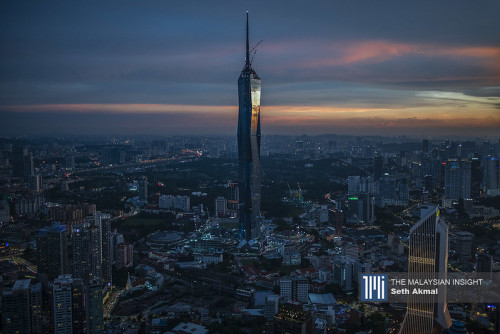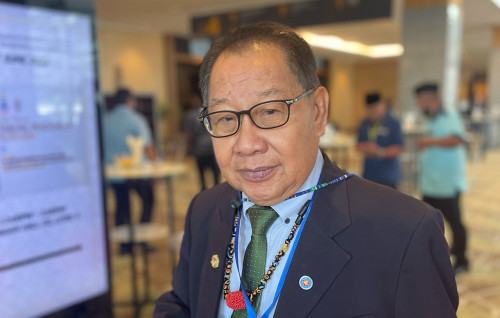GEORGE TOWN – The dusky leaf monkey (Trachypithecus obscurus), also known to many as the dusky langur, has been listed as an endangered species (EN) by the International Union for Conservation of Nature (IUCN) since 2020, but there have been more and more sightings of these docile primates at residential areas north of the Penang island.
This species can be found throughout Peninsular Malaysia, including islands like Perhentian, Langkawi, Pangkor and Penang.
In the past two years, and more so in recent months, residents of Tanjung Tokong and Tanjung Bungah have seen them walking on electric wires, on roofs of houses and scuttling on rails – a never-seen-before occurrence since the area was built up in the 1980s.
According to some residents, there are a handful of homeowners who, annoyed at their appearance, have let off firecrackers to scare these primates away. The question remains – if dusky langurs are endangered, why are these family groups seen out in the ‘unwild’?
Habitat destruction
Head of Langur Project Penang (LPP), Yap Jo Leen, told The Vibes that these dusky langurs appearing in residential areas recently is due to habitat loss and fragmentation. She explained that the habitats of dusky langurs are forests and green lungs.
When one drives on the Penang Bridge towards the island, one would spot the hilly landscape that consists of Penang Hill, Tiger Hill, Laksamana Hill to Teluk Bahang, to which all of them are connected.
“Many entering the island would say that there are many hills on the island, but if you pay close attention to the urbanisation pattern in Penang, there is habitat fragmentation.
“Imagine two pieces of manila cards joined together; that is the picture of a connected forest.
“However, when these two cards are split and later split again – and in between these two cards are infrastructures such as condominiums, supermarkets and housing estates – metapopulation among the species happens,” Yap explained.
Thus, she believes that these dusky langurs are not intruding on residential areas. Instead, human population and development are encroaching on their natural habitat. Locations such as Tanjung Tokong and the neighbouring Tanjung Bungah are surrounded by hills.
On those hills is the dusky langurs’ natural habitat.
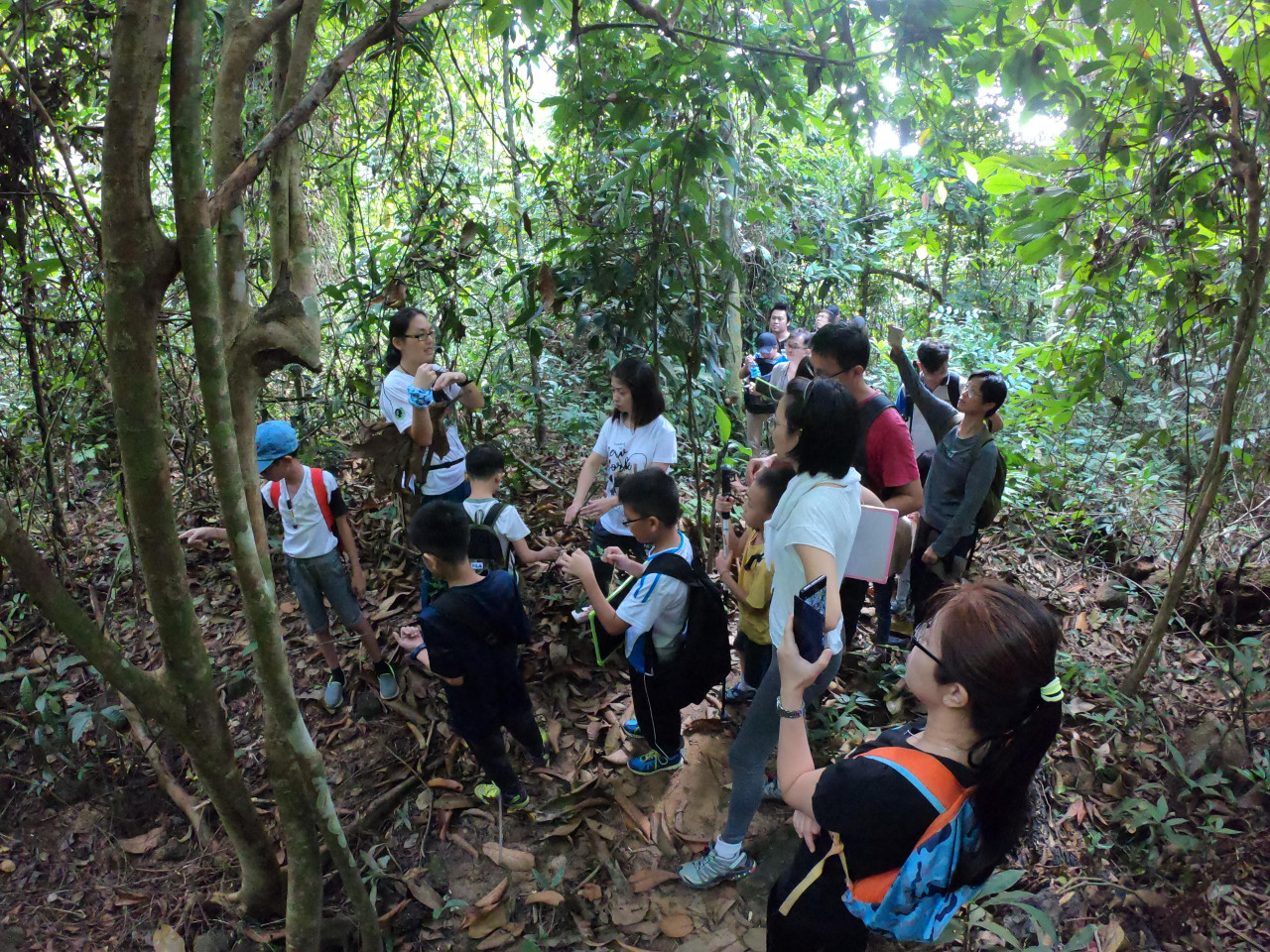
Dusky langurs leaving their ‘homes’
Unfortunately, as forest fragmentation continues, dusky langurs find themselves at the edge of these hills.
“When developments happen, the population of langurs are split into smaller groups.
“Their homes are divided and they suddenly find themselves living along the boundary of their habitat – this is what we call the 'edge effect'.
“Therefore, the expression 'leaving their habitat' is inaccurate, as that area remains inside the monkeys' home range. [It's] where the species goes to feed on a variety of food plants and undertake daily activities,” she explained.
Yap stated that people are replacing the natural environment with an anthropogenic one by encroaching on wildlife habitats. These social primates can also be territorial, and some groups may be unable to venture further into the forest due to competition over the limited natural area.
As a result, they explore the habitat edges that are adjacent to human habitation areas. They may also need to cross to the other side of the forest or between the pockets of green lungs.
She said this is the reason why the Tanjung Tokong and Tanjung Bungah area has had more sightings of these primates in recent months.
The Road Canopy Bridge Project
From a wildlife researcher’s point of view, Yap believes in the importance of coexistence between wildlife and humans in a shared environment.
“I would like to highlight the mission of LPP – which is to promote coexistence between wildlife and humans.
“I really hope that developers, companies, or even state governments will agree to take conservation planning into account before developing an area,” she said.
Without conservation planning that is friendly to the original inhabitants, native wildlife populations will be at risk. An example of conservation action is the cost-effective canopy bridge designed by LPP.
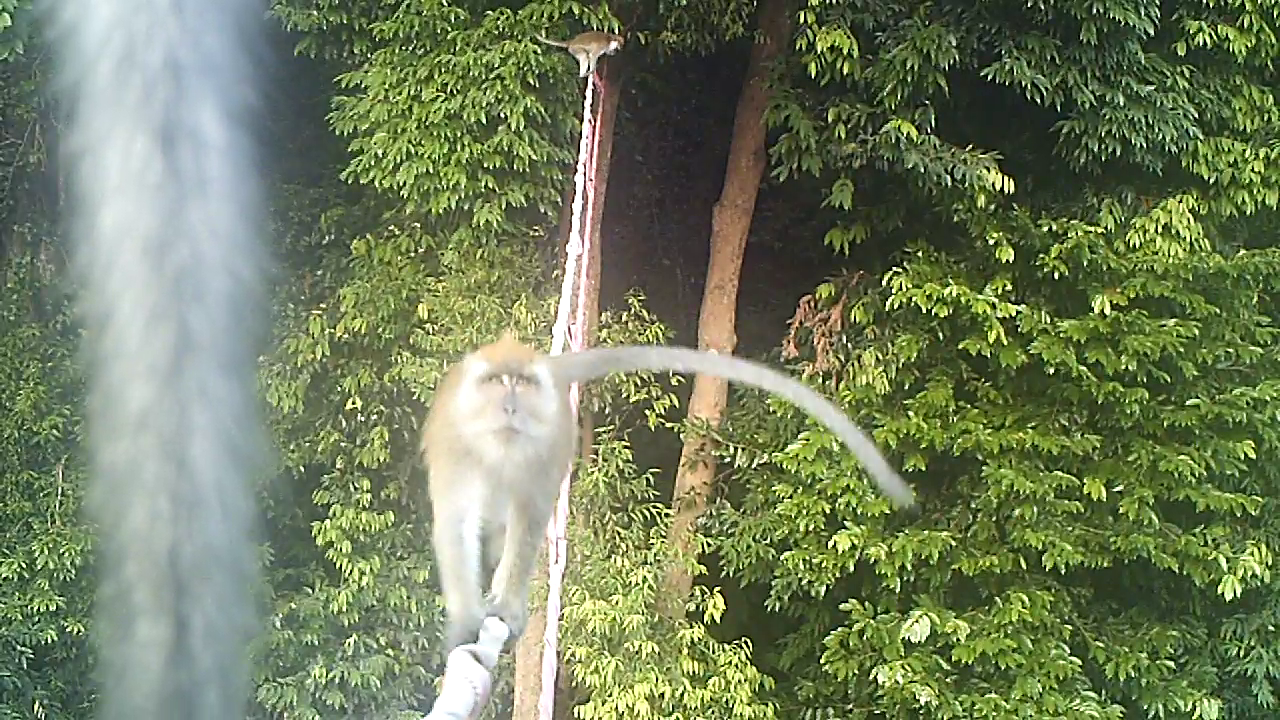
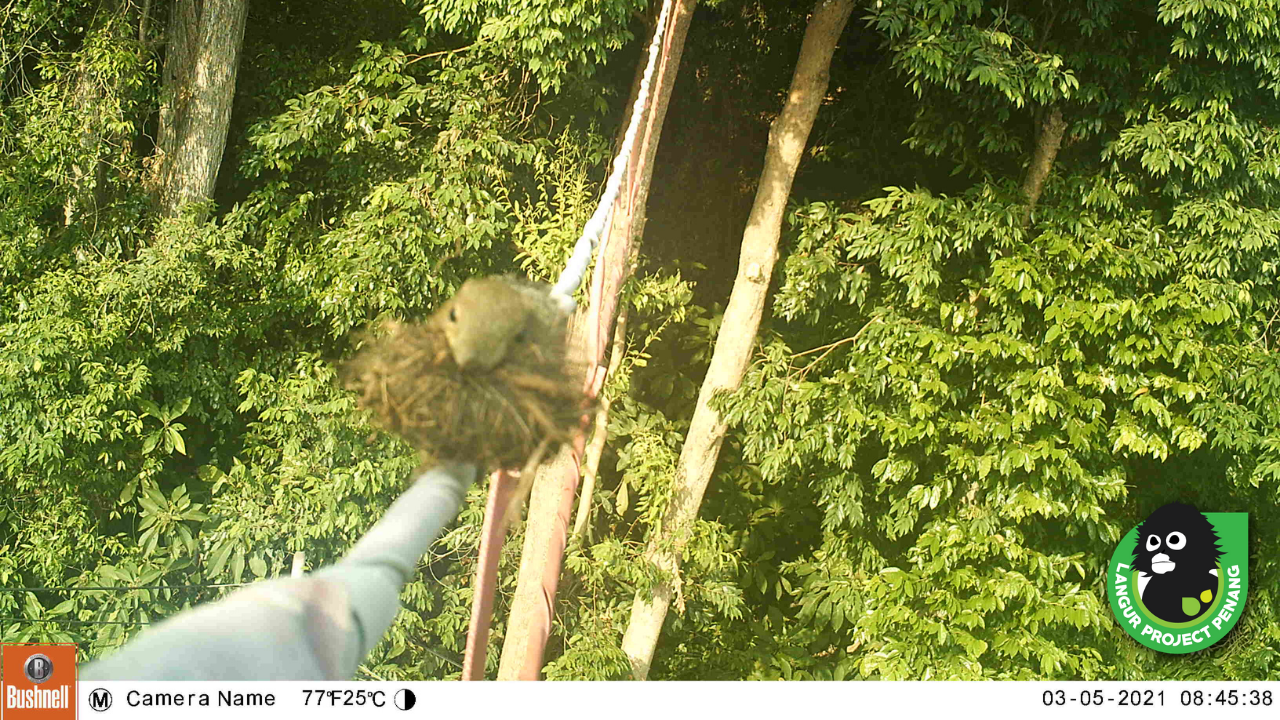
According to Yap’s research at the Teluk Bahang area covering 28 acres, there were seven roadkills in six months before 2019.
LPP has then worked with several stakeholders including the Penang Public Works Department (JKR Pulau Pinang), the Department of Wildlife and National Parks (Perhilitan) and the city council to help get the permit to install Malaysia’s first urban canopy bridge, a bridge built above the road so animals that live in the trees can cross over roads safely.
Since 2019, there has been zero roadkill at the particular location. A total of 2,128 wildlife crossings consisting of multiple species have been caught using the canopy bridge on camera between March 2019 to May 2021.
Instead of a viaduct/underpass that incurs a higher cost and is a permanent structure, the road canopy bridge is made from used fire hoses from the fire department and can be moved from one location to another.
Community awareness
Though dusky langurs are seen more often in these fragmented forest areas, it does not mean that they are not endangered. Therefore, communities that now find themselves coexisting with wildlife need to know how to live with the urban wildlife around them.
“I think for most people, their first instinct when they see dusky langurs within their home vicinity is to call the fire and rescue department (Bomba) or Perhilitan – similar to if they find a snake.
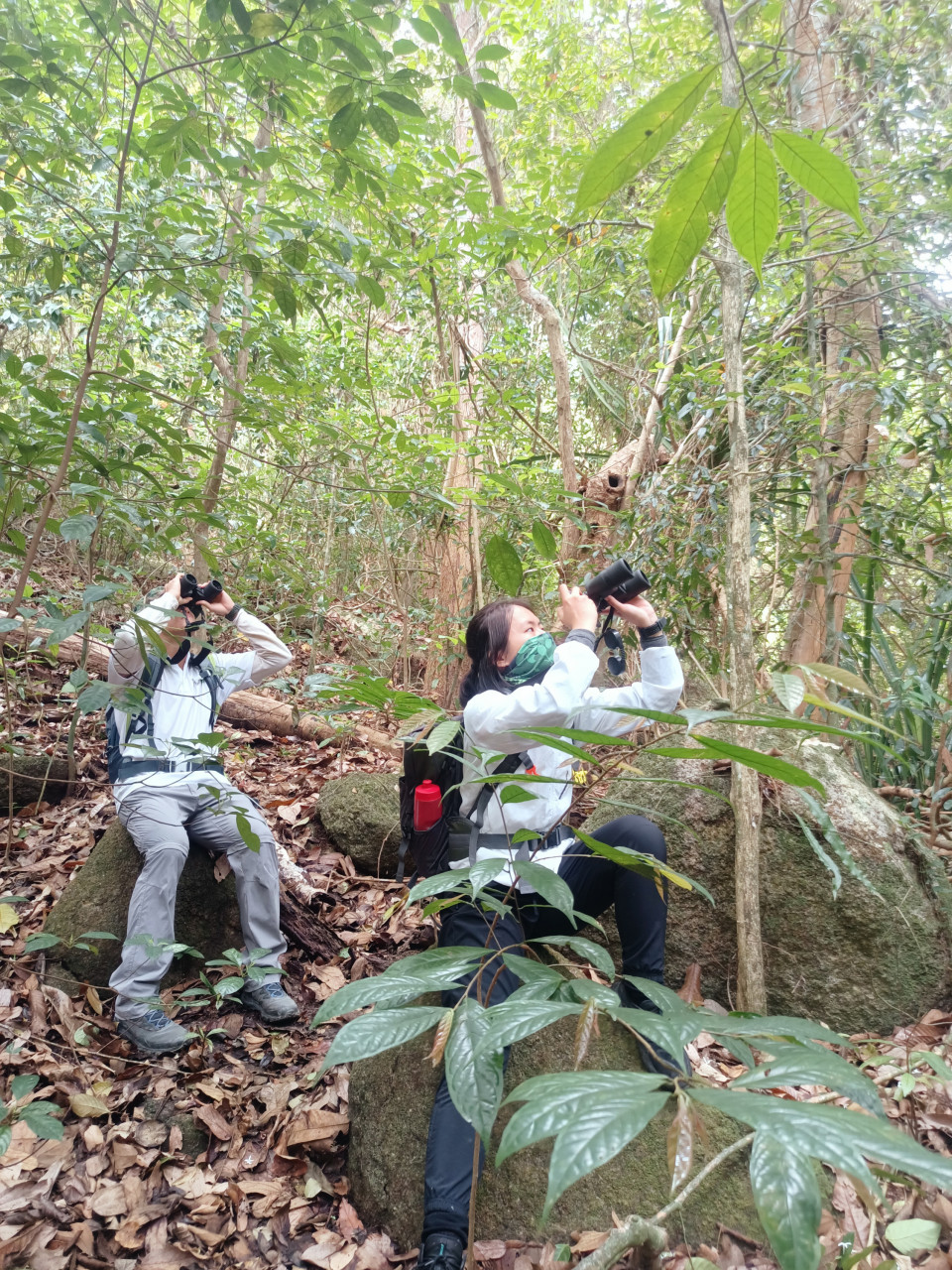
“However, for primates, it is a little more complicated; therefore, awareness is very important to resolve human and monkey conflict.”
The common question is, "What do I do when these primates appear?"
Yap advises the community to abstain from feeding the dusky langurs and the long-tailed macaques in Penang as it will make them habituated to humans.
When these monkeys become friendly to humans, negative human-monkey interactions may arise. For example – monkeys snatching food from humans or going through the rubbish.
When dusky langurs are around, Yap recommends residents close the windows and doors. It will discourage them from coming to the home premises.
She also advises the public not to have close contact with monkeys, and to always keep a safe distance of at least eight metres from the primate species.
“I think people need to understand that together, everyone can make a difference by first starting to understand what needs to be done for coexistence to happen.
“The urban canopy bridge is one idea, and the community can pick up on that as well."
Meanwhile, as a wildlife researcher, she is trying to enhance communication with various stakeholders to create a more synchronised conservation effort. When various parties work together for the benefit of wildlife conservation and the human community, coexistence is achievable. – The Vibes, April 20, 2022



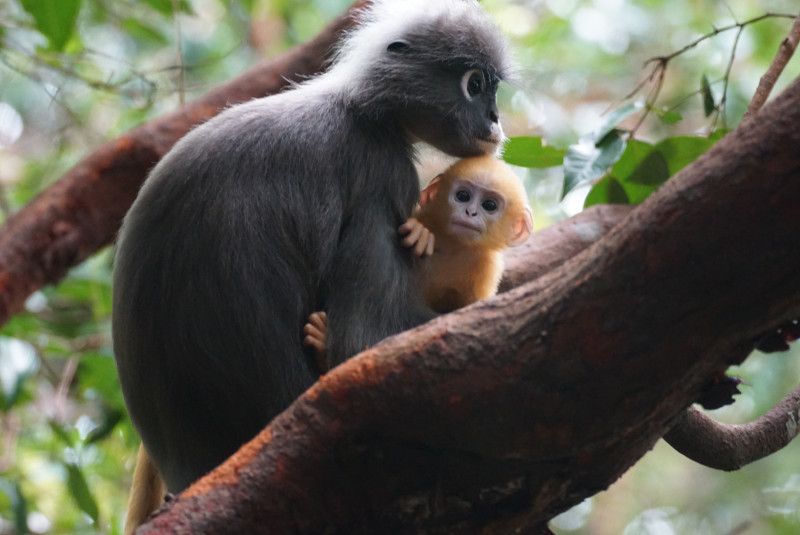



_with_chow_seated_beside_with_the_state_dap_leaders-Facebook_pic.jpg)

_and_lord_mayor_rajendran_posing_in_a_mock_up_lrt-Ian_pic.jpeg)








